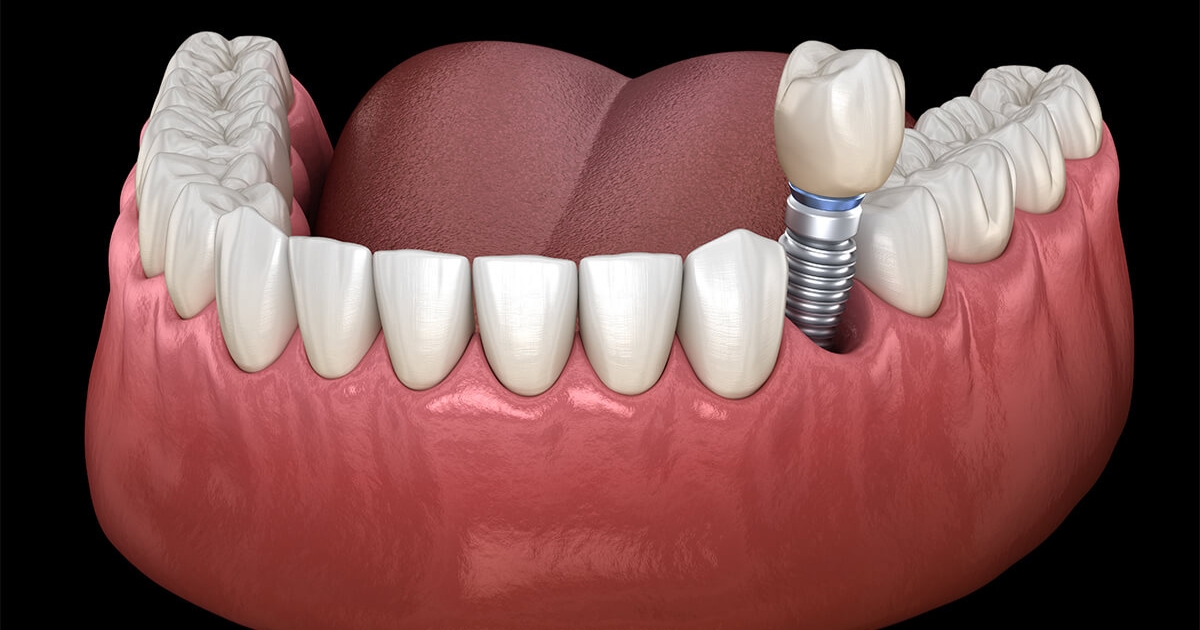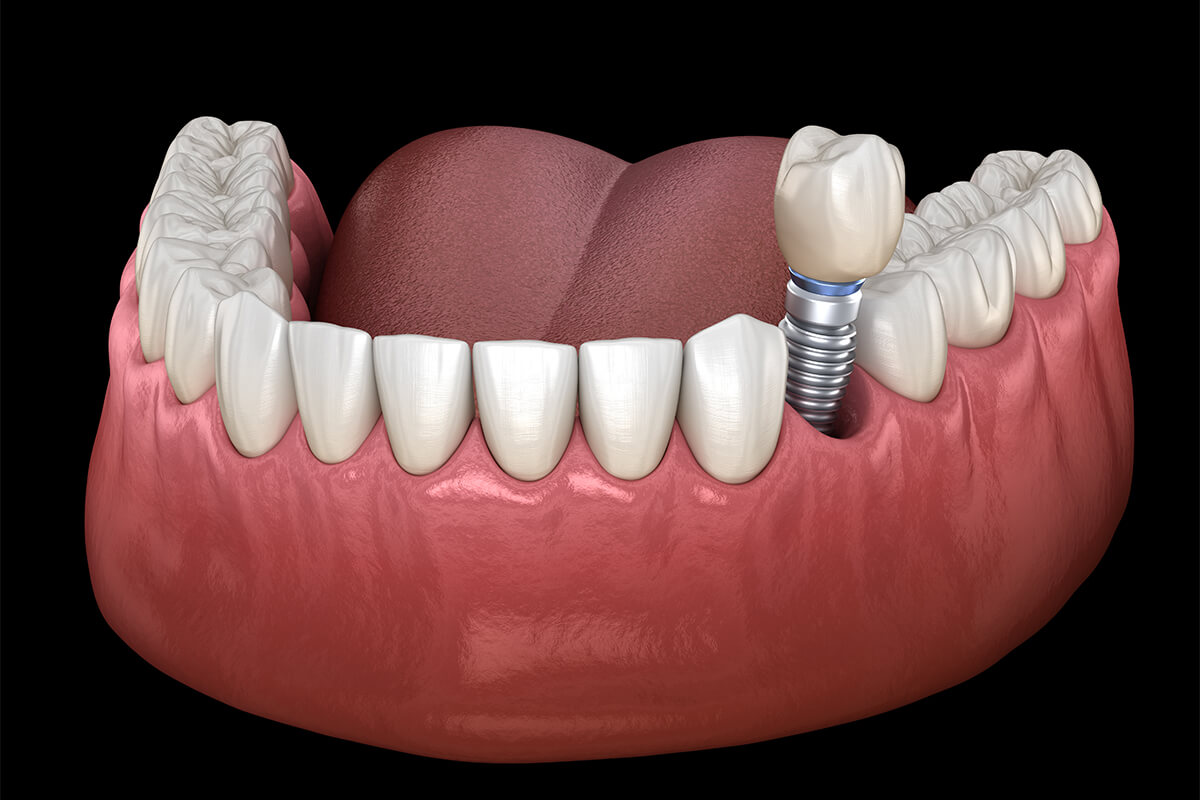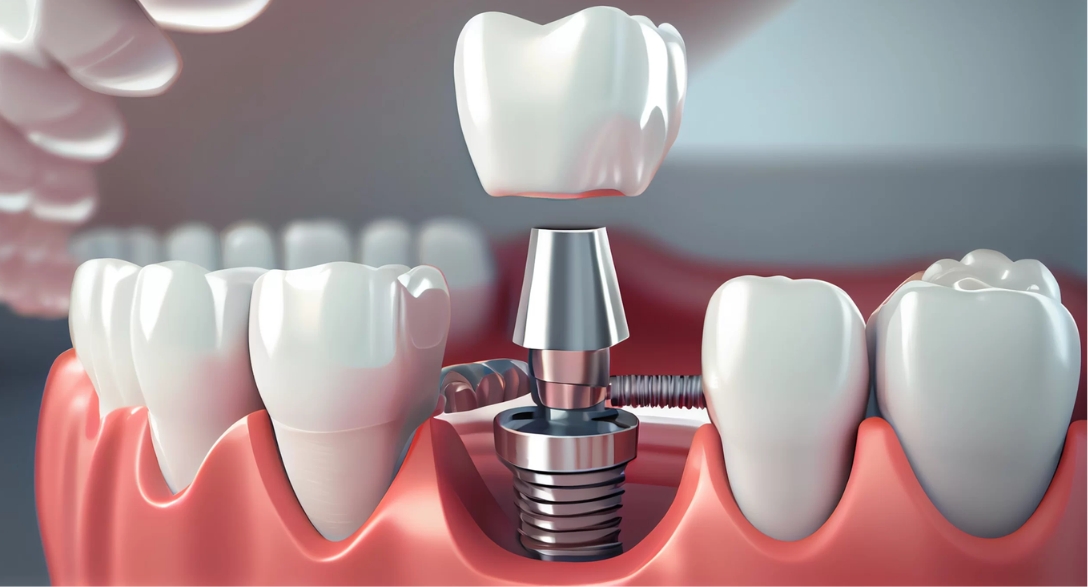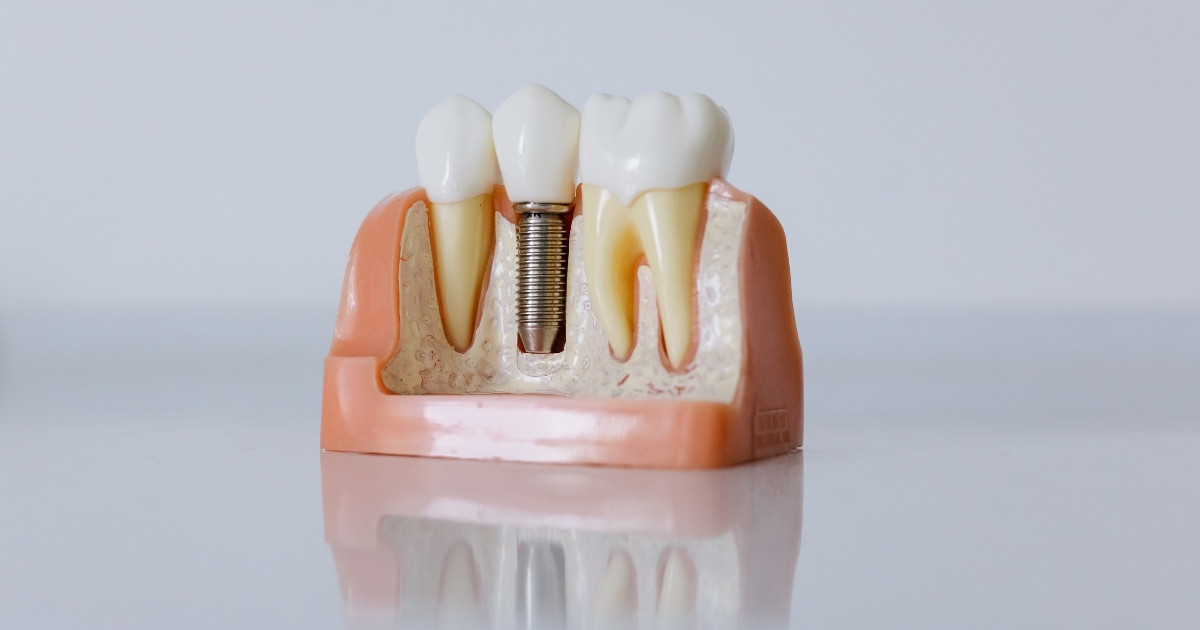Call Us Today 817-737-7668

Some dental treatments come with an expiration date. Others, like dental implants, are known for long-term performance—but how long is “long-term,” really? Here’s where the answer gets interesting.
Not every implant has the same timeline. Materials, placement, oral hygiene habits, and even the type of restoration attached all influence how long a dental implant will last. That titanium post beneath the gum may last for decades, but the crown on top might need replacing much sooner. And while this might sound like a setback, it’s a sign of how well modern implant dentistry adapts to real-life wear and tear.
This guide breaks it down clearly—no false promises, no generic timelines. Just honest, research-backed insight to help you feel more confident about your next steps in dental care.
What Exactly Are Dental Implants Made Of?
A dental implant typically has three components:
- Implant post (placed into the bone): usually made of titanium or zirconia
- Abutment (connects the implant and crown)
- Restoration (crown, bridge, or denture placed on top)
Each part wears differently over time. While the implant post can last 20 years or more, the crown or bridge might need replacement after 10 to 15 years, sometimes sooner, depending on bite force, hygiene, and material quality.
Lifespan Depends on the Type of Implant
Different types of dental implants serve different purposes, and each has its general lifespan range:
Single Tooth Implants
These are the most common and usually last 20+ years if placed correctly and maintained well. The crown may wear sooner, but it can be replaced without affecting the post.
Implant-Supported Bridges
They typically last about 10–20 years. Since they replace multiple teeth, they may undergo more pressure. Regular monitoring is key.
All-on-4 or Full Arch Implants
This type supports a full arch of teeth using just four to six implants. These systems can last 15 years or longer, but the prosthetic arch may need occasional updates or realignment.
Mini Dental Implants
Smaller in diameter, these are often used in areas with less bone. Mini dental implants may not last as long as traditional implants, with average longevity closer to 5–10 years in some cases.
What Influences Longevity?
Your habits, health, and hygiene play a big role. Here’s what matters most:
- Bone health: Adequate bone density in the jaw helps the implant integrate and stay stable.
- Oral hygiene: Brushing, flossing, and routine checkups prevent infections like peri-implantitis.
- Smoking: Tobacco use significantly increases the risk of implant failure.
- Night grinding: Clenching or grinding can wear restorations and stress the implants.
- Dental follow-ups: Regular exams allow early detection of potential issues.
Some patients in Aledo have had their dental implants function beautifully for over 25 years, with minor adjustments along the way. But it’s important to know that outcomes vary based on individual factors.
Is Longevity the Only Goal?
Durability matters, but comfort, function, and aesthetics count, too. A well-placed implant should:
- Feel like your natural tooth
- Supports confident chewing and speech
- Blends in seamlessly with the surrounding teeth
That’s why a personalized treatment plan and ongoing care are essential—no shortcuts, no assumptions.
Dental implants offer one of the most reliable long-term solutions in restorative dentistry. Though the top restoration may need a refresh now and then, the implant itself, especially when placed with care and maintained well, can provide decades of stability and function.
Ready to explore what’s possible for your smile? Schedule a consultation with our trusted dental team in Aledo today and take the next step toward lasting oral health.





